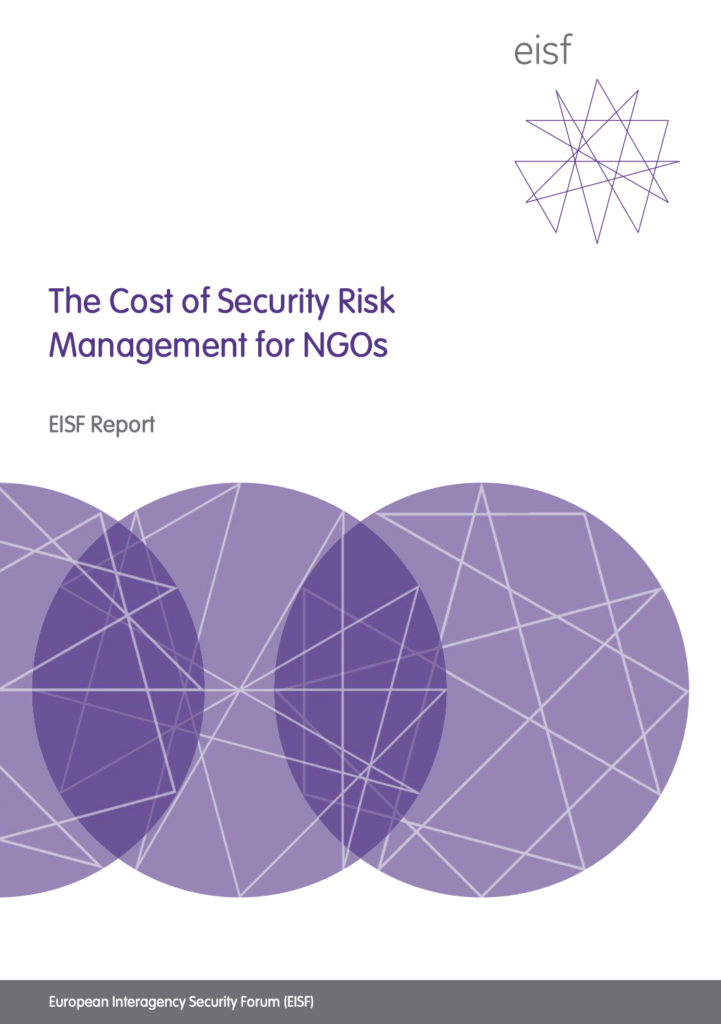The Cost of Security Risk Management for NGOs (2013) explores the costs related to safety and security management for aid programmes. It aims to assist all aid practitioners to determine their risk management expenditure more accurately, and demonstrate an evidence-based approach when presenting this information to donors.
The paper will be particularly relevant to those responsible for programme planning and management, donor proposal writing, as well as safety and security risk management.
Aid donors may also find this text useful as it proposes methods and approaches for organisations to communicate and justify clearly their risk management resource needs.
Aid organisations must strive to achieve value for money while at the same time meeting humanitarian needs with limited resources, ensuring fiscal accountability, and meeting their duty of care to staff working in the field. This report considers how organisations can meet these challenges, and justify their expenditure to donors, the public and their beneficiaries.
The paper draws on evidence from outside the aid sector to examine how organisations could determine and record risk management costs. The result is a paper that the authors hope will stimulate further debate, leading to the development of practical tools and methodologies for costing security risk management. Some parts of the paper present known practices, other parts propose ideas to guide future policy and procedures.
The Risk Management Expense Portfolio (RMEP) tool that accompanies this research is presented as the culmination of input from the GISF members to design a tool that clarifies the estimation and recording of a programme’s safety and/or security costs. The tool is aimed at proposal writers and programme and security managers as a joint resource. Users are able to modify the tool to reflect specific organisational needs, and the research team would welcome any comments from organisation trials.
The RMEP has been designed with usability in mind, keeping inputs flexible and relevant. Most line items reflect tangible costs, but the tool also provides the space to consider marginal and intangible costs. The portfolio includes clusters such as salaries, training costs and assets, with each cluster further divided into individual line items. Users have the option to provide more specific information against line items, such as the type of satellite telephone required for a particular context.
The tool is available to download and edit here: Risk Management Expense Portfolio Tool.
